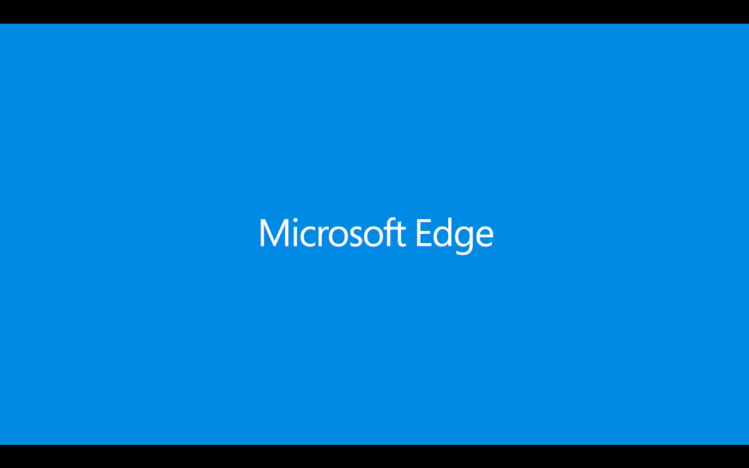Microsoft today announced that its Edge browser for Windows 10 now uses the Brotli compression algorithm, following in the steps of Chrome earlier this year and Firefox last year.
Google open-sourced Brotli in September 2015 as a successor to the Zopfli algorithm.
As a result of the change, pages will load faster, and there will likely be less data and power usage as well.
“When used as an HTTP content-encoding method, Brotli achieves up to 20 percent better compression ratios with similar compression and decompression speeds (PDF),” Microsoft Edge senior program manager Rob Trace wrote in a blog post.
Edge debuted in Windows 10 last year as the replacement for Internet Explorer.
People taking the latest Windows 10 builds through the Windows Insider Program will be able to take advantage of Brotli content encoding before it rolls out to everyone in the Windows 10 Creators Update in early 2017, Trace wrote.
Microsoft appears to be optimizing for HTTPS usage in its Brotli implementation, but that doesn’t mean the algorithm won’t work over HTTP.
“In the current preview release, Microsoft Edge supports Brotli on HTTPS and HTTP connections. In a future preview release, we will update this behavior to only advertise Brotli support on HTTPS connections. Like Chrome, we will continue to decode Brotli content on HTTP connections,” Trace wrote.


